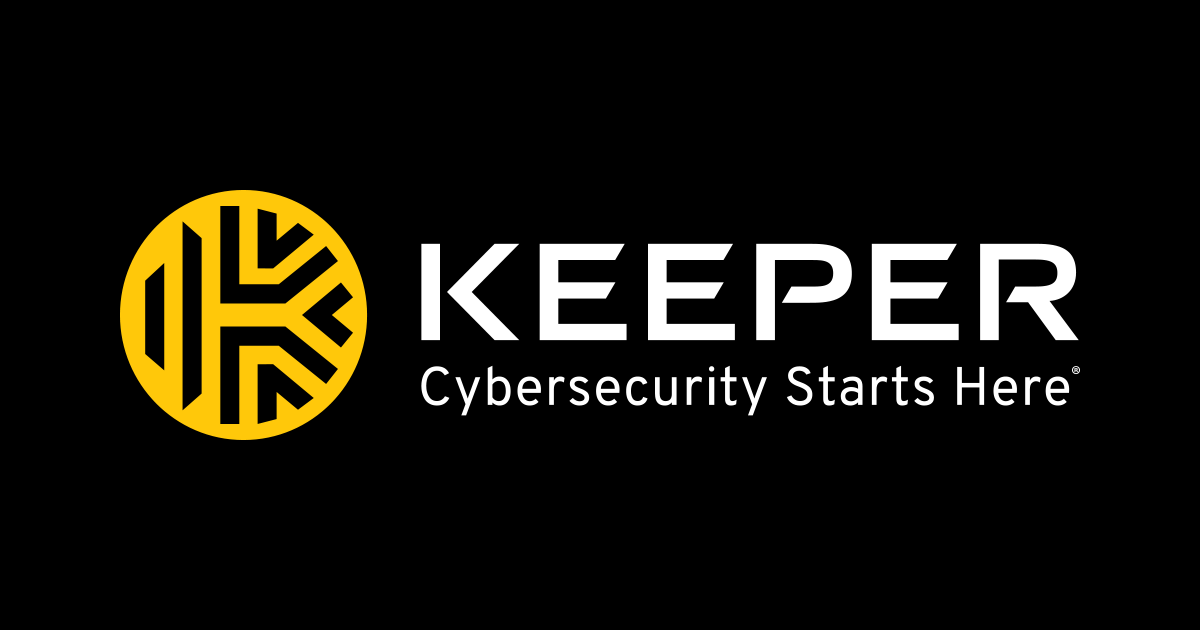

However, such variations are not taken into account in the analysis. Furthermore, it is possible that additional security mechanisms are used on individual pages (e.g., for the transmission of passwords). It is quite possible that an operator uses additional internal protection mechanisms and therefore has decided to leave out some externally visible mechanisms. The results cover only security mechanisms that can be observed from outside when visiting the specified internet addresses. Some security mechanisms are only necessary to protect against strong attacks (e.g., by governments). The fact that a web page fails at a specific does not automatically mean that sensitive pieces data are at risk. What can be concluded from the results, what not? Among other things, this raises the question of whether website operators have an additional incentive to improve their websites. As scientists, we are interested in how users and operators deal with this form of transparency. What is the purpose of PrivacyScore? With PrivacyScore we make websites publicly comparable in terms of selected properties. What exactly is checked and what do the results mean? We check the internet addresses with several techniques, which we have described in detail in a research paper.
#KEEWEB SECURITY SOFTWARE#
At least then it is your device, not someone else’s, so you have an idea of which crappy software is installed, which updates are missing etc.How are the results presented? Our analysis focuses on the following aspects: whether tracking services are used ("NoTrack" category), whether selected attacks are prevented, the quality of encryption during data transmission to the website (EncWeb), and the quality when sending e-mails to an existing e-mail server (EncMail). When on the go, better sync your keepass file to your smartphone and use e.g.
#KEEWEB SECURITY PASSWORD#
This is similar with keepass, but again, keeweb is for the use case where this is not your system! Moreover, keepass for windows offers a “secure desktop” where you enter your master password which cannot be accessed by (off-the-shelf) keyloggers, keeweb doesn’t). – the system you use (for example keyloggers can sniff your master password. – the browser you use (especially, keeweb is made for the use case when you are not at your own pc, so this is the browser of someone else, with a bunch of extensions installed and probably outdated). you need to trust the CA-system… or use cert-pinning) – the network connection between your system and the server (man-in-the-middle might replace keeweb with an infected version), or properly setup SSL (i.e. If keeweb is on dropbox, then you need to trust them.

– the server that keeweb is stored on (an attacker might replace keeweb with some infected version on the server). If you use keeweb, you additionally need to trust: You need to trust your end devices anyway, as they are the place were you decrypt you keepass database. This means you only need to trust your end devices, not the server. You can secure your keepass file with a key-file that you don’t put into the cloud, making it really really hard for someone to brute-force if he gets access to your cloud storage. The good thing about keepass is that you can sync your passwords across devices through some cloud service like dropbox or owncloud without the need to trust the cloud service. Now You: Would you use a service like KeeWeb? The author promises that the app contains no statistics or analytics scripts or advertisement.


#KEEWEB SECURITY CODE#
Since it is open source, you can audit the code to make sure of that. The remote version of KeeWeb makes no external requests, uses only locally stored data and makes only one network connection to check for updates which users can disable in the app settings. KeeWeb is something that I will keep an eye on definitely to see if creating your own self-hosted version of the application improves or is made clearer on the project website so that anyone with a Dropbox account but no knowledge of scripting or programming languages or Dropbox application creation can set it up on their own. I have no need for that, and won't use a service hosted by a third-party to open my KeePass database either.Ī self-hosted web version of KeePass on the other hand, that is open source, and easy to set up, should have appeal to users of the application. The desktop applications are cross-platform which may have some appeal to users of KeePass.


 0 kommentar(er)
0 kommentar(er)
